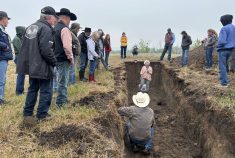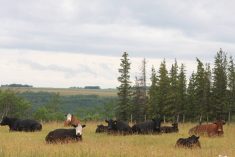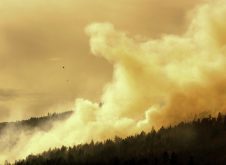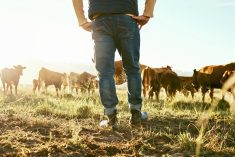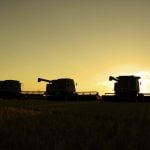“The most important tool on the farm is the pencil.”
That was the best farming advice Mike Buis ever received, and it came from his grandfather.
Buis recently conducted a virtual tour of his family’s Chatham, Ont., beef farm for the Canadian Farm Writers’ Federation. Coincidentally, a day or two before the Buis Beef tour, I had edited Piper Whelan’s story on incorporating cull vegetables into a feeding program, which featured Mike Buis and Les Halliday of P.E.I.
Read Also
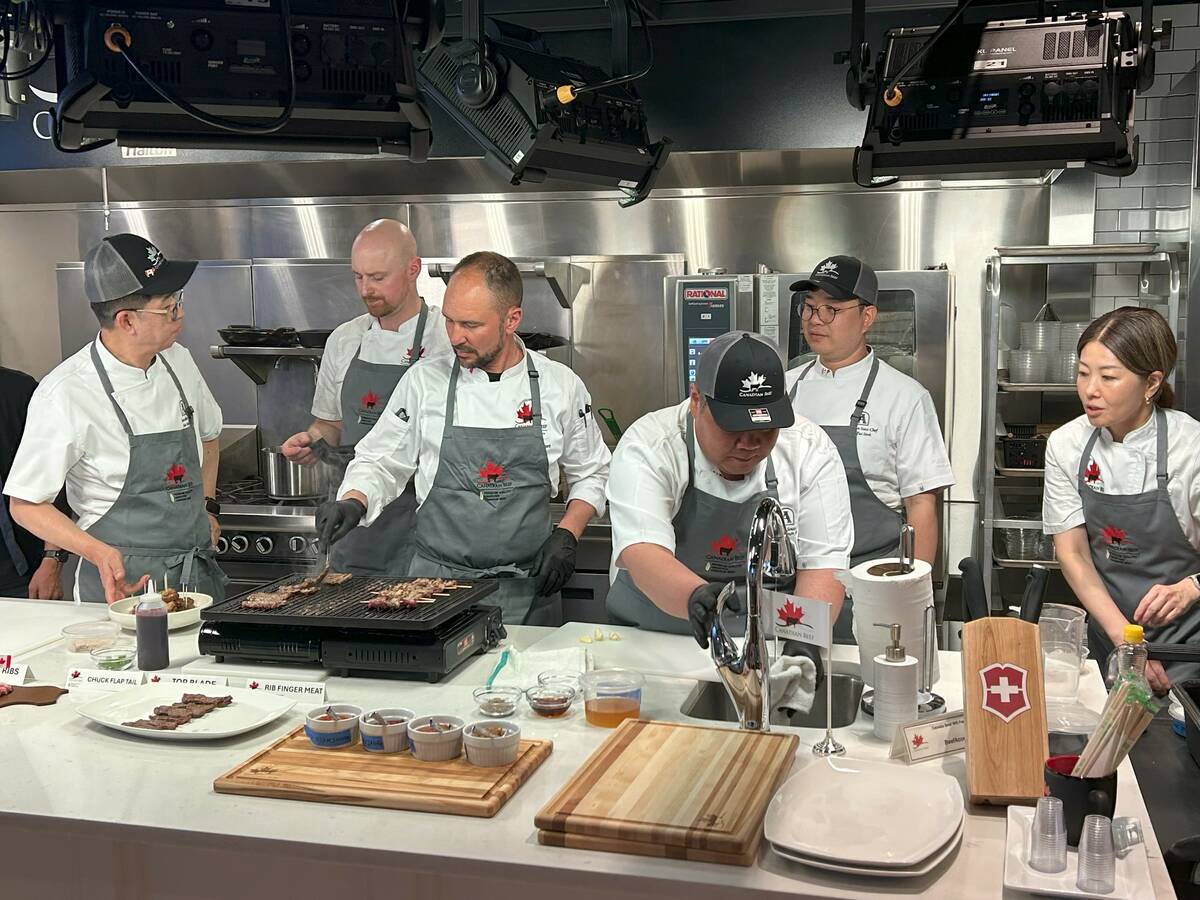
Promoting Canadian beef in Korea
Canada Beef reports on recent activities, including working with an influencer and an executive chef from Korea
After watching the tour and listening to Mike field questions from reporters and ag communicators from across the country, I thought readers might be interested in learning more about the Buis operation. They run several enterprises from their farm, including a cow-calf operation, feedlot (for their own animals), a store selling the beef they raise, a feed store and an equine business. Mike and and his daughter, Theresa, spend a lot of time on farm management, he said, making sure they’re up to date on the finances. They can easily pull records showing, for example, how many ribeyes or bags of dog food they’ve sold in a given day, he says.
Asked what advice he would give to farmers thinking of adding different enterprises to their operation, Mike said the secret is to hire people who know what they’re doing. Whether it’s the office staff managing the financials or the people in the retail businesses, they make sure they have staff who are specialized and good at what they do. The same goes for the family. Theresa talked about how her interest and background in science dovetailed well with the nutrition side of the feed store, which in turn was paired with a need for nutritional guidance in the market. Mike said he’s comfortable in the field talking about cattle, but less so in the store talking about meat.
Mike’s wife, Joanne, has been running the beef store for the last 10 years and shared some of her experiences. Customers appreciate that she and the staff know where the beef is from and how it was produced. She said they get questions about whether the beef is organic or natural and whether they use pesticides on the farm. They also get questions about what’s happening on the farm that day. If the store has sold out of a certain cut, the store employees will also help customers find another cut that offers the same eating experience, and walk them through how to cook it.
The Buis family’s diversification started with BSE in 2003.
“We were buying Western calves and taking them through to finish,” said Mike. They decided to get serious about the retail and cow-calf side so they could become more vertically integrated. Over time, they added other businesses, such as the feed store. The vertical integration was a way to save money and make sure they had control of what was happening through their supply chain.
But land is very expensive in their area, and acquiring traditional pasture for the cow-calf operation wasn’t feasible.
“If farmers could graze in the winter in Saskatchewan and Alberta, why couldn’t we do it here? We just had to get our mind away from the idea that we needed permanent pasture,” said Mike.
They leaned into cover cropping and annual forages, and after some experimentation over the years they’ve developed a system that works well.
For example, one field was seeded to sweet corn this year. After the corn had been harvested, they broadcasted cereal rye as winter grazing for the cows. They’d also left corn stalks for the cattle to clean up.
Another field was seeded to wheat and underseeded with alfalfa. After the wheat was harvested, the alfalfa started coming up. The field was then no-tilled with sorghum, which grows quickly in their area and is affordable. The plan was to cut and bale the sorghum-alfalfa blend and wrap the bales in plastic. They also hoped to see enough regrowth after baling for the cows to graze it in the winter.
Other fields include crops such as sunflowers, radishes, forage peas and oats. Different crops provide different root structures, helping build the soil, said Mike. One challenge they’ve found is the timing of when last year’s crop residue and roots will release nutrients for the next crop. For example, nitrogen may be released too late for a corn crop, but become available at the right time for a cover crop.
The Buis family also works with a farming neighbour to graze his cropland in the winter. The partnership started after the Buis’s cattle had pushed through the fence into the neighbour’s field a few times over the winter. They talked and decided to fence the cropland and start grazing it.
“It’s been a really good working relationship. The best part about it is that no money changes hands either way,” said Mike. The neighbour gets manure and borrows the Buis’s grain drill to no-till wheat. Mike gives him cover crop seed and takes away his extra straw.
Because they share a fenceline, the cattle can mosey back to the Buis farm for water, and there’s no trucking required.
“We just kind of work things back and forth, and it’s been a really good working relationship between the two of us.”
To top it off, Buis Beef has very interesting finishing and marketing strategies that involve ultrasounding the animal. Unfortunately I’m out of space, but you can read an article written by Melanie Epp a few years back for more on this (“From birth to beef: The story of Buis Beef”).
It just goes to show that people can do amazing things with a few challenges as motivators, a dash of creativity, the right people and a sharp pencil.



